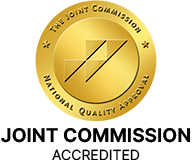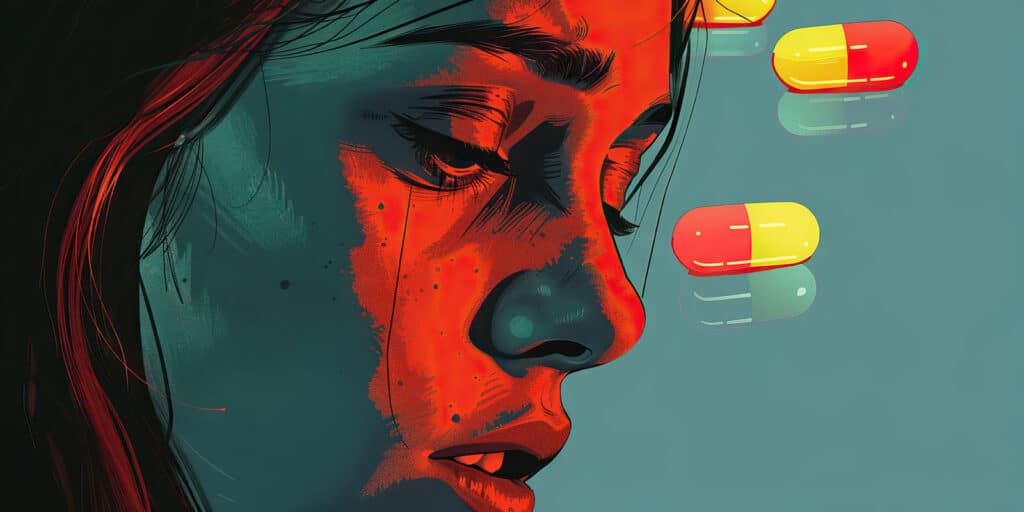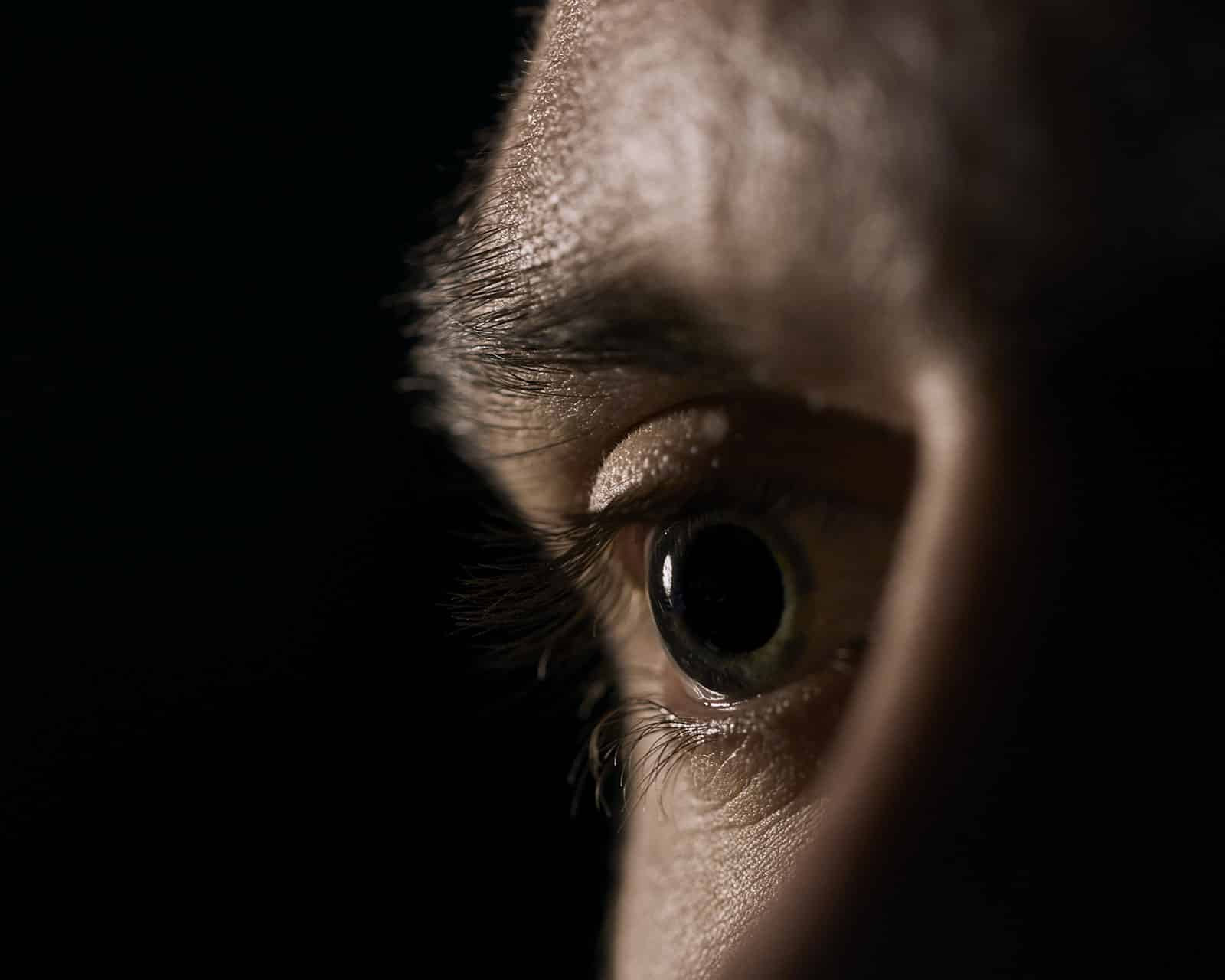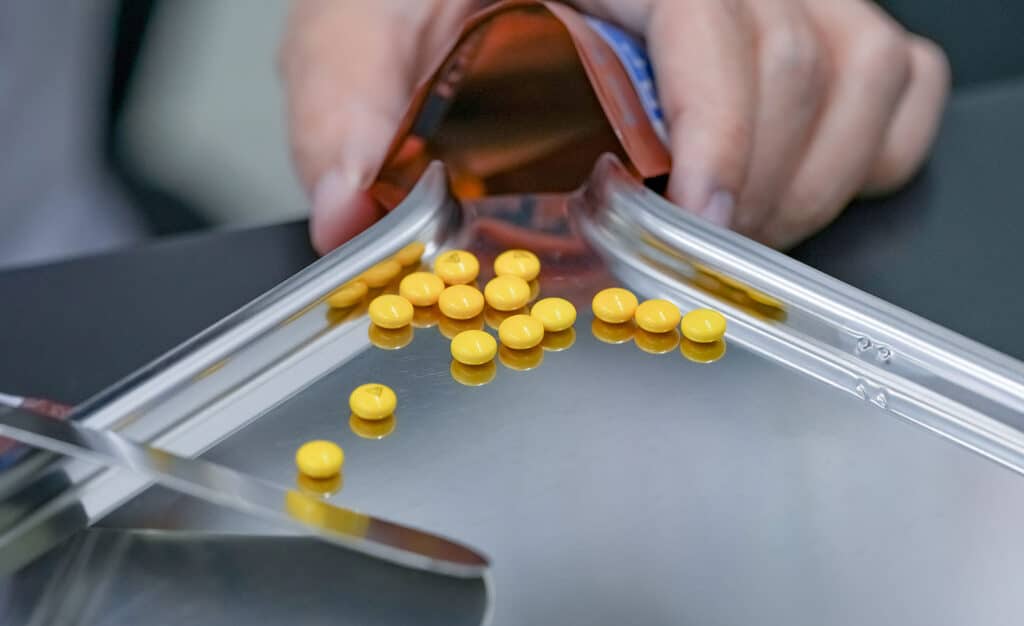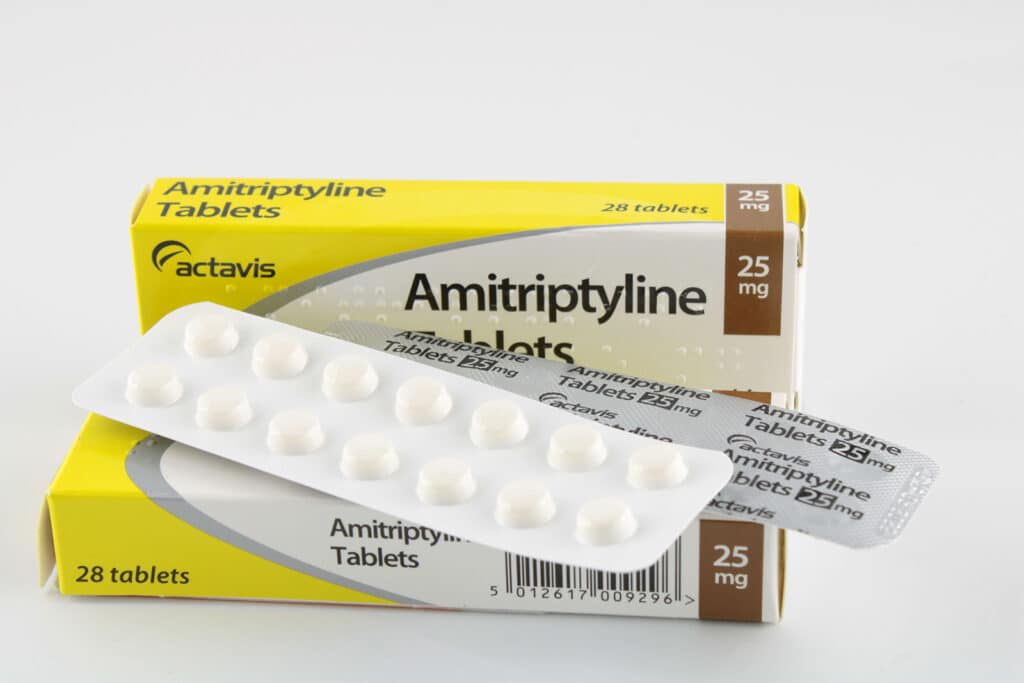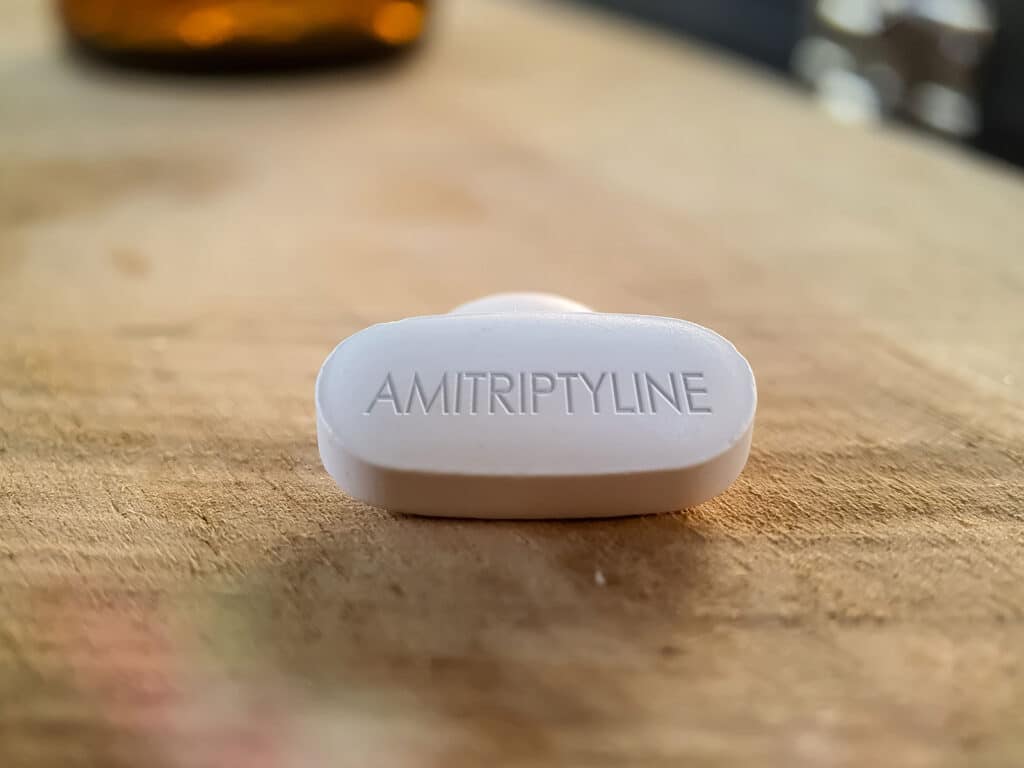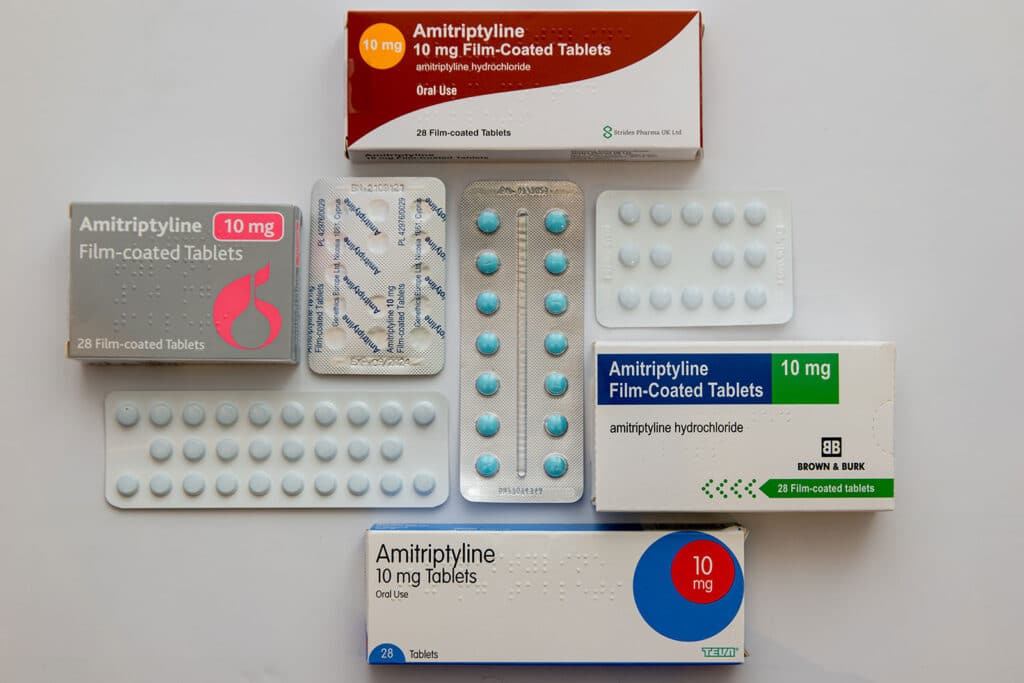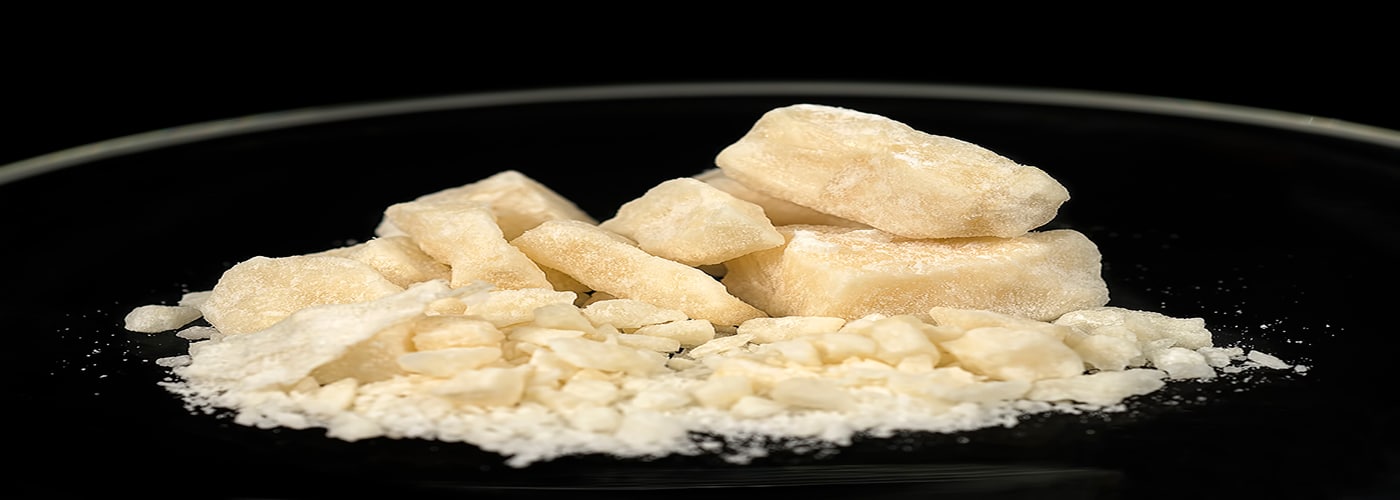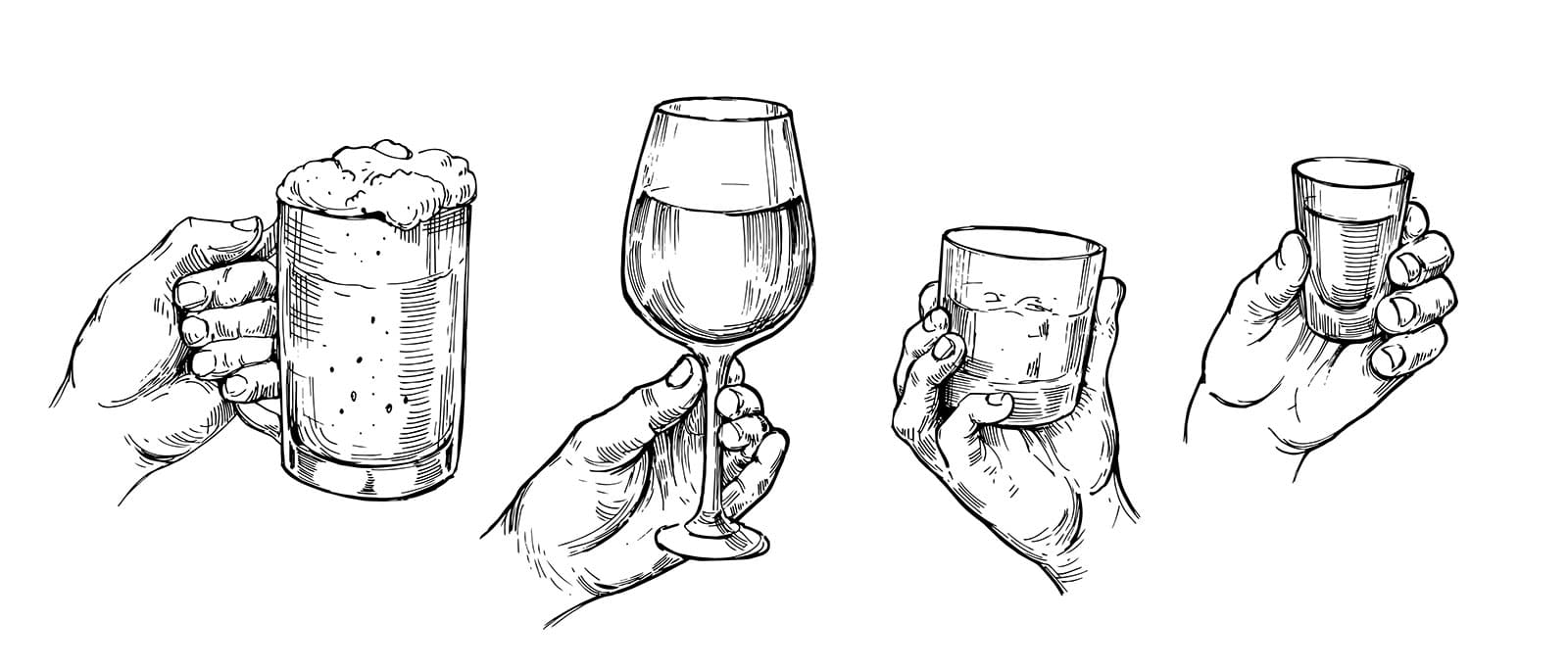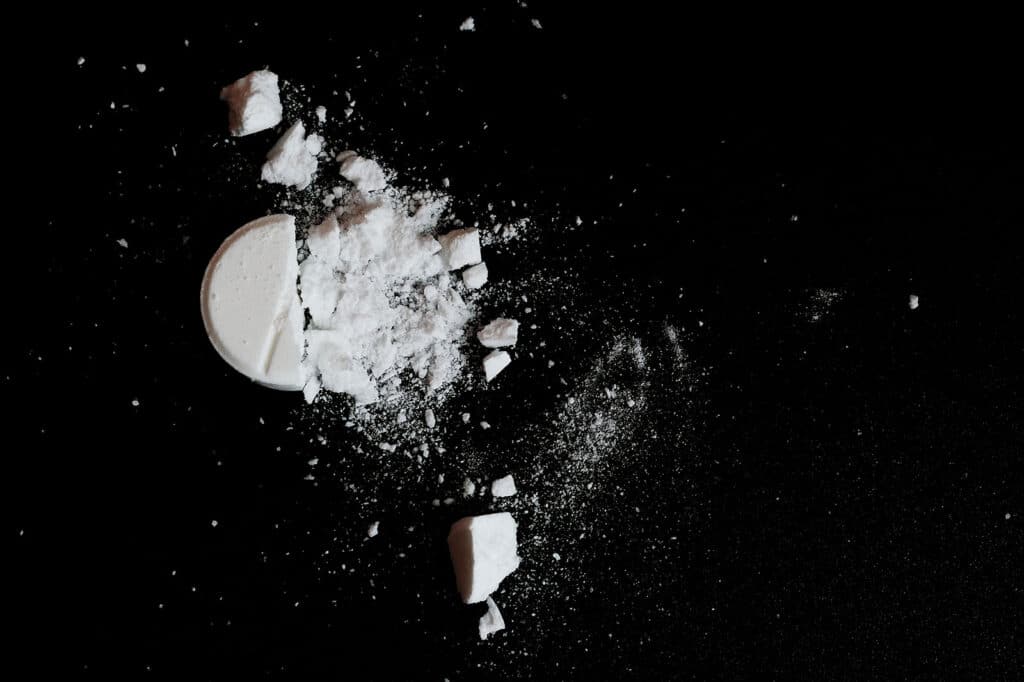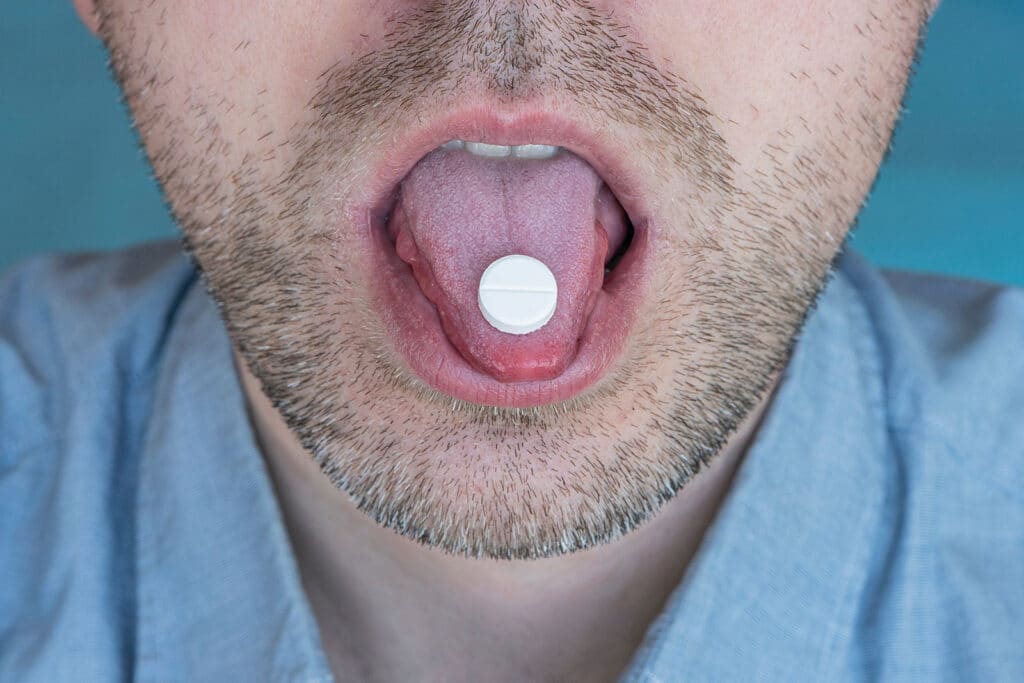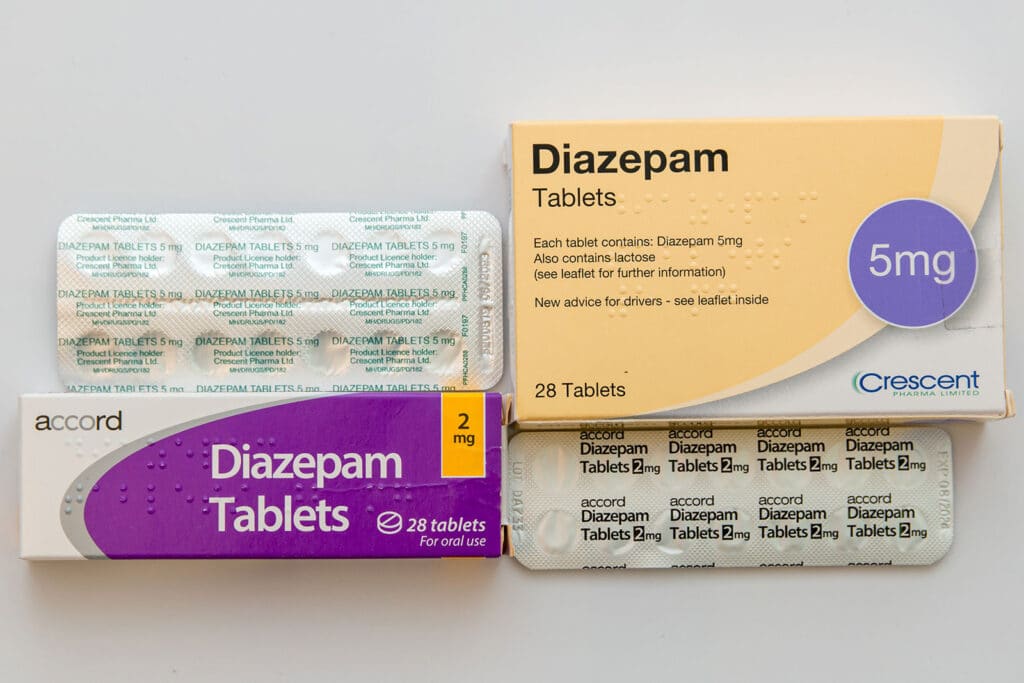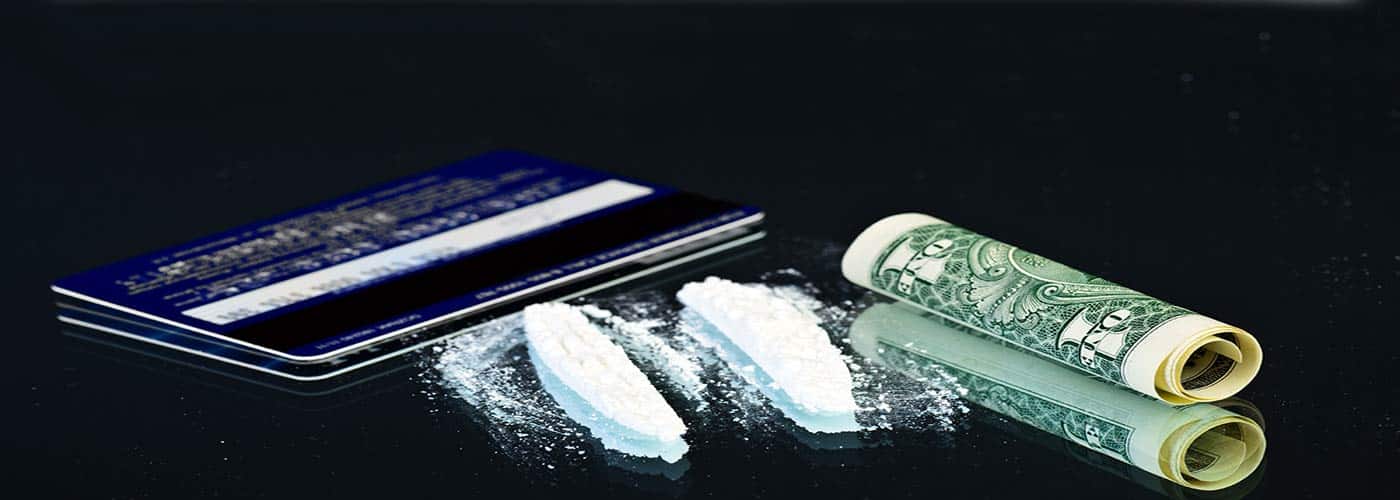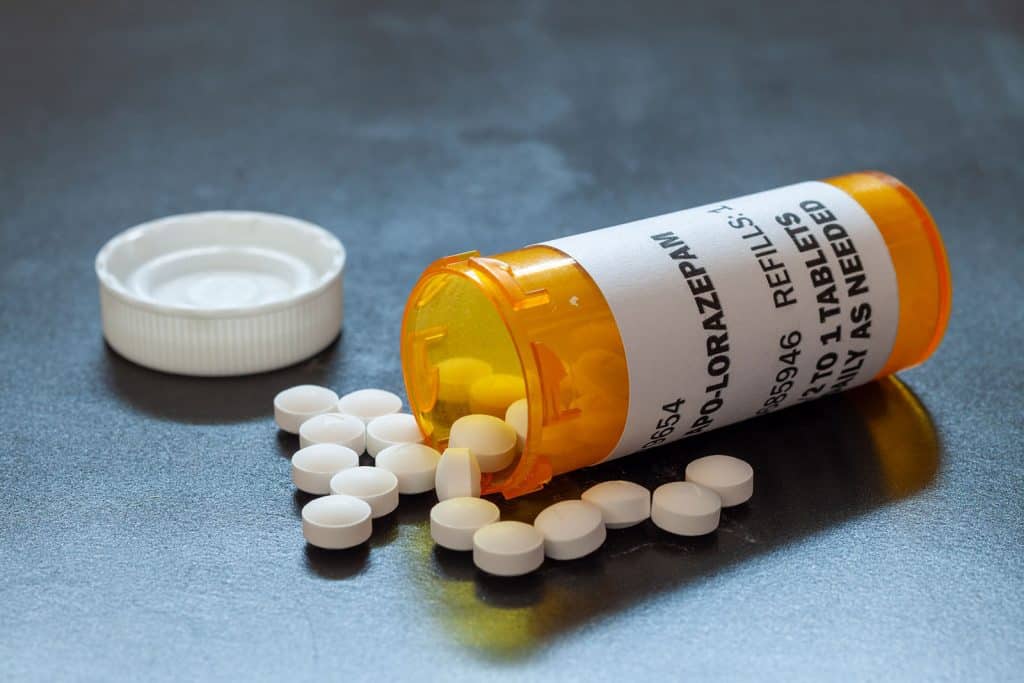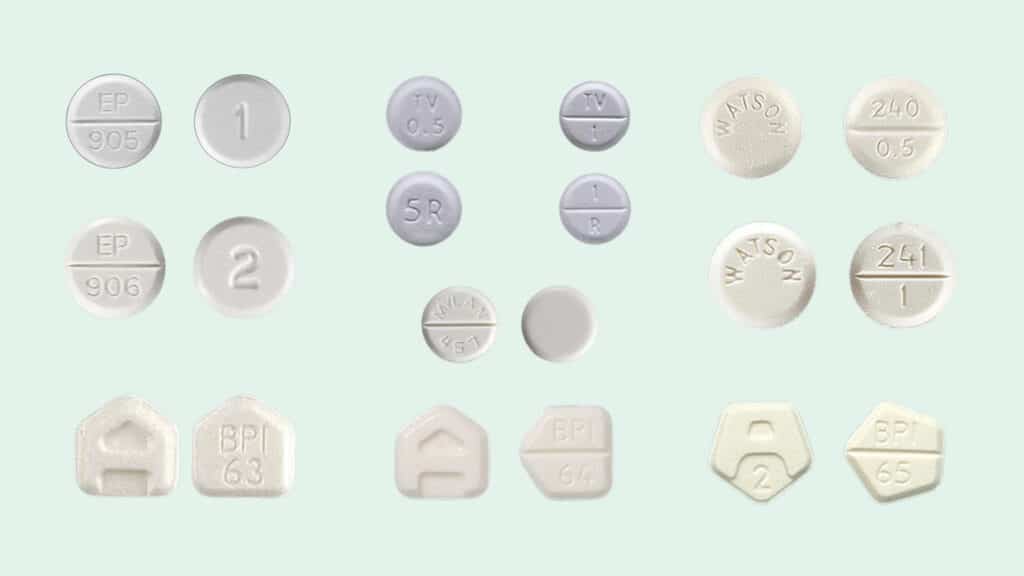Are you constantly exhausted, finding it hard to concentrate, or feeling detached from your work and loved ones? You might be experiencing burnout; a state of complete mental, physical, and emotional exhaustion.
In today’s always-on culture, burnout has become increasingly common. We push ourselves beyond healthy limits, blurring the lines between work and personal life.
The result? Relationships suffer, productivity plummets and your physical and emotional well-being deteriorates.
But here’s the good news: recovery is possible. We’ll show you how to implement changes that will help you reclaim your energy, passion, and joy.
What Is Burnout?
Burnout is far more than feeling tired or stressed after a busy week.

According to psychologist Herbert Freudenberger, who coined the term in the 1970s, burnout is a state of chronic stress that leads to physical and emotional exhaustion, cynicism, detachment, and feelings of ineffectiveness and lack of accomplishment.
The World Health Organization officially recognized burnout as an “occupational phenomenon” in 2019. They defined it as a syndrome resulting from chronic workplace stress that hasn’t been successfully managed.
So while not classified as a medical condition, its impact on physical and mental health is significant and real.
Exhaustion vs Burnout
The distinction between normal exhaustion and burnout lies in both duration and depth. While exhaustion typically resolves with adequate rest, burnout persists regardless of how much sleep you get or the time off you take.
Exhaustion is a natural, temporary response to physical or mental exertion. Burnout, however, is a chronic condition. Symptoms of burnout include:
- Persistent fatigue no matter how much you sleep
- Emotional numbness or detachment
- Cynicism toward work and relationships
- Reduced professional performance
- Physical symptoms like headaches and digestive issues
- Mental health symptoms resembling depression and anxiety
Note: Burnout can trigger physiological changes, including elevated cortisol levels, immune system suppression, and inflammation.
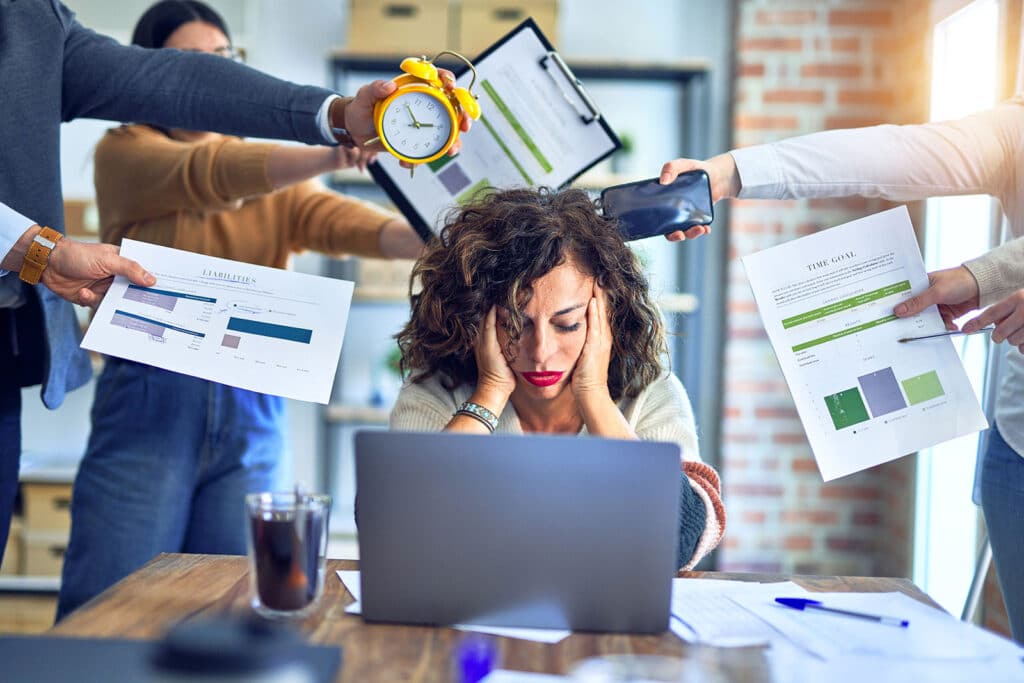
What Are the 12 Stages of Burnout?
1. The Compulsion to Prove Oneself
You feel an excessive drive to demonstrate your worth, taking on more responsibilities to show how capable you are.
2. Working Harder
You become unable to disconnect, frequently working during personal time and accepting an unsustainable workload.
3. Neglecting Basic Needs
Self-care takes a backseat as you prioritize work overeating properly, exercising, or maintaining social connections.
4. Displacement of Conflicts
Rather than addressing the problem, you dismiss concerns as “just stress” and may become defensive when others express worry.
5. Revision of Values
Work dominates your identity, pushing aside relationships, hobbies, and other aspects of your personal life.
6. Denial of Emerging Problems
You develop a decreasing tolerance for frustration, blaming external factors or others for your increasing stress levels.
7. Withdrawal
Social isolation becomes your norm as you avoid gatherings. As a result, you turn to unhealthy coping mechanisms like excessive social media use or substance abuse.
8. Behavioral Changes
People notice you acting differently—mood swings, impatience, or impulsive decisions become more common.
9. Depersonalization
You feel disconnected from yourself and others. You view your accomplishments as meaningless tasks rather than achievements.
10. Inner Emptiness
A persistent void emerges that you might try to fill through various means. This stage is when many turn to vices, like drugs, smoking, and alcohol.
11. Depression
Overwhelming fatigue, hopelessness about the future, and significant motivation loss are all part of this advanced stage.
12. Burnout Syndrome
You reach complete physical, emotional, and mental exhaustion. You experience a breakdown and severe anxiety—for which you’d require immediate attention and support.

How Do I Recover From Burnout?
Burnout recovery is the intentional process of healing from the physical, emotional, and mental exhaustion caused by prolonged stress.
Much like recovery from addiction, the journey begins with a crucial first step: acknowledgment. Recognizing and accepting that you’re experiencing burnout—not just “going through a rough patch”—is fundamental.
Remember: The recovery process isn’t linear. There will be setbacks along with progress. But every step forward is a step toward reclaiming your well-being.
The 9 Burnout Recovery Stages
Each person’s recovery journey is unique, but most will experience these nine distinct phases as they heal from burnout.
1. Conscious Acknowledgment
Begin by fully acknowledging the reality of your burnout. Don’t deny it or minimize it either.
Honestly recognize the toll burnout has taken on your physical health, emotional well-being, and daily life. Completing this stage allows you to validate your experience.
2. Emergency Decompression
This stage focuses on immediate relief from the most pressing causes of burnout. In this phase, you’ll step back from major stressors to create breathing room.
For example, you might need to take time off work, reduce your commitments, or delegate responsibilities. During this phase, prioritize activities that replenish your basic physical needs (sleeping, eating nutritious meals, and gentle movement).
3. Physical Restoration
Before meaningful emotional or psychological healing occurs, your body needs to recover from the toll of chronic stress. So, focus on reestablishing healthy sleep patterns, address any physical symptoms, and rebuild energy levels through physical activity.
4. Emotional Processing
In stage four, you need to work through difficult emotions that contributed to your burnout—feelings like anger, disappointment, shame, or grief. Heads up: you might experience emotional volatility as suppressed feelings surface.
We recommend consulting with a mental healthcare professional at this stage. They can provide tools to process emotions healthily rather than burying them again.
5. Root Cause Identification
With improved physical and emotional health, you can now examine the underlying cause of your burnout. This stage involves honest reflection about workplace stress, personal boundaries, perfectionism, people-pleasing tendencies, or other factors that led to your burnout.
6. Boundary Reconstruction
Stage six is the hardest. It involves learning to say no, communicating your needs clearly, and establishing sustainable work patterns that protect your mental health. Create clearer separation between work and personal time, for instance, or establish strict work hours.
7. Value Realignment
Burnout often signals a disconnection between your daily activities and core values. This recovery stage focuses on reconnecting with what truly matters to you and realigning your life accordingly.
8. Skill Development
During this phase, build practical tools for stress and time management, emotional regulation, and self-care. We recommend learning relaxation techniques or practicing assertive yet kind communication. These skills strengthen your resilience against future stressors.
9. Integrated Resilience
The final stage of burnout recovery involves integrating your new practices into a lifestyle that supports ongoing well-being. This stage means increased self-awareness, use of stress management techniques, and proactive maintenance of boundaries.
How Long Does Burnout Recovery Take?
The timeline for burnout recovery varies significantly from person to person, with no one-size-fits-all answer. Recovery duration depends on multiple factors:
- Severity and duration of your burnout
- Individual circumstances
- Available support systems
- Effectiveness of your recovery strategies
For some, noticeable improvements might occur within weeks of sticking to positive changes, while for others—especially those experiencing severe or habitual burnout—the journey extends to several months or even a year or more.
Note: Approach recovery with patience rather than setting rigid deadlines for yourself.

How Do I Prevent Burnout From Happening Again?
Preventing burnout requires intentional strategies that address both workplace factors and personal habits.
Go through the following preventative measures so you can build resilience against future burnout. They should help you maintain your productivity and well-being despite everyday stressors.
1. Set Boundaries Between Work and Personal Life
Establishing clear boundaries is essential for a sustainable work-life balance.
You have to set specific work hours and commit to disconnecting completely afterward. Make sure to communicate these boundaries to colleagues, managers, and loved ones so they understand when you’re available.
Consider physically separating your workspace and relaxation areas, especially if you work from home.
2. Develop Effective Stress-Management Techniques
Managing daily stressors before they accumulate helps with burnout prevention. So incorporate deep breathing exercises, meditation, or progressive muscle relaxation into your daily routine.
Even five minutes of mindfulness can reduce stress levels and improve emotional regulation. Physical activity – whether it’s walking, cycling, or yoga – is a powerful stress-reliever too.
3. Prioritize Physical Health
Your physical health directly impacts your ability to manage stress. Ensure you’re getting enough sleep as most adults need 7-9 hours per night for optimal functioning.
Additionally, maintain a balanced diet rich in fruits, vegetables, and whole foods that fuel your body and mind. Limit alcohol and caffeine, which can affect sleep quality and exacerbate anxiety.
Tip: Schedule regular health check-ups. Many untreated health issues can contribute to burnout.
4. Build a Support Network
Isolation amplifies burnout risk. So, cultivate relationships with friends, family members, and colleagues who understand and support your well-being goals.
You can also join support groups focused on workplace stress or burnout recovery. Don’t hesitate to seek professional help if you notice early warning signs of burnout.
5. Reassess Your Work Environment
Evaluate whether your current work environment aligns with your values. Have honest conversations with your manager about workload and expectations.
Try also to look for opportunities to delegate tasks or collaborate with colleagues to distribute responsibilities more evenly. If your work consistently undermines your health, consider a new job or role.
6. Practice Regular Self-Assessment
Develop a habit of checking in with yourself to catch early warning signs before full burnout develops. Schedule weekly self-assessments to evaluate your energy levels, emotional state, and work satisfaction.
This means paying attention to changes in sleep patterns, irritability, or decreased motivation. These are often early indicators that your stress management techniques need adjustment.

Final Thoughts: Take Care of You
Remember that burnout recovery isn’t selfish; it’s necessary. When you prioritize and honor your needs, you’re building a more authentic, balanced life. With the advice shared here, you can truly thrive rather than merely survive.
Published on: 2025-04-01
Updated on: 2025-04-02


